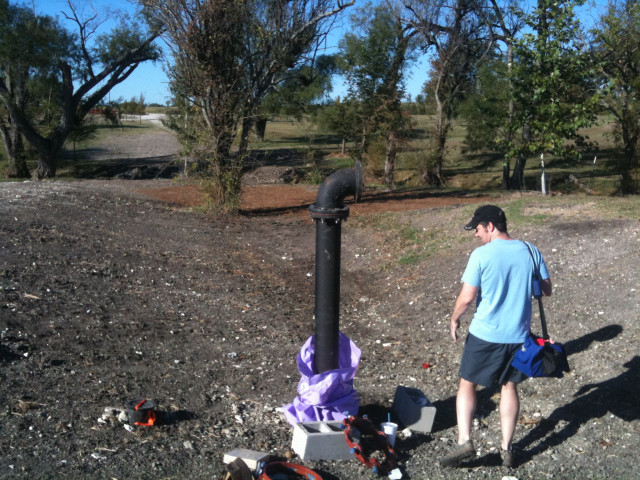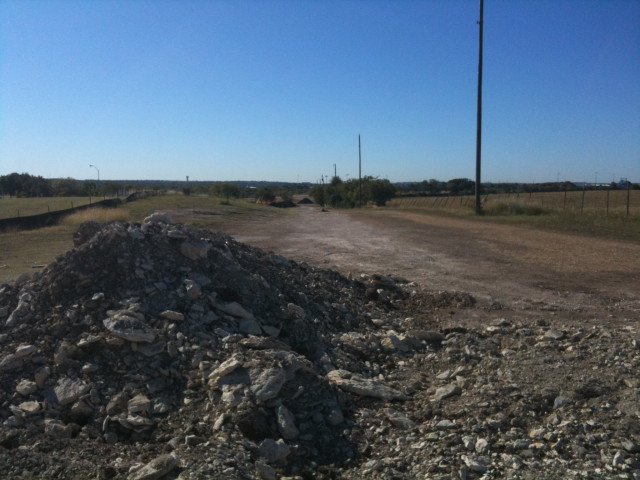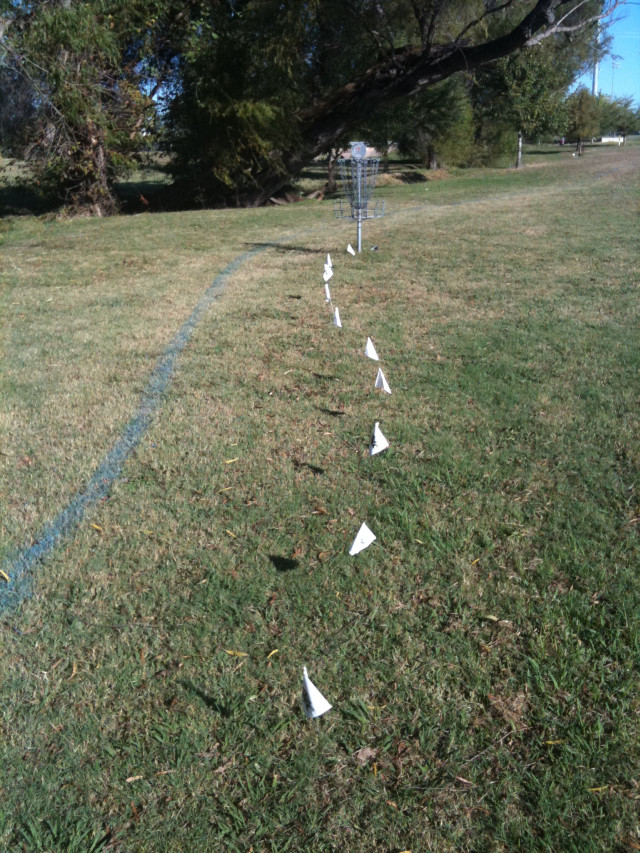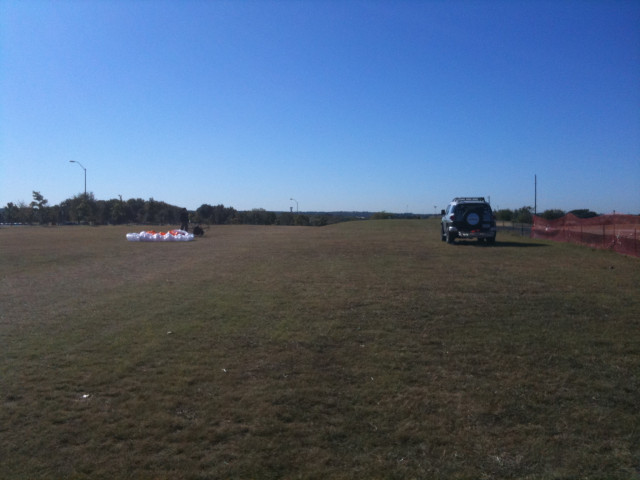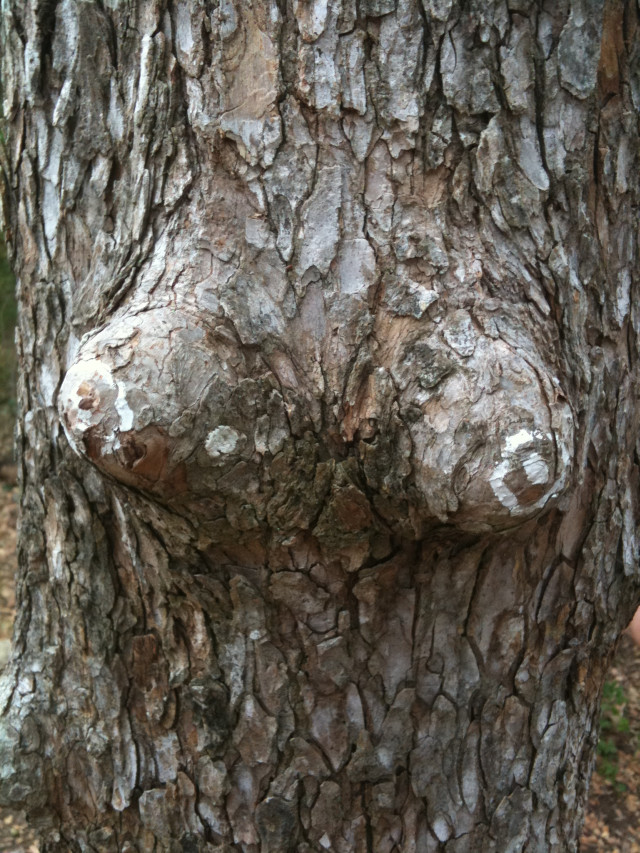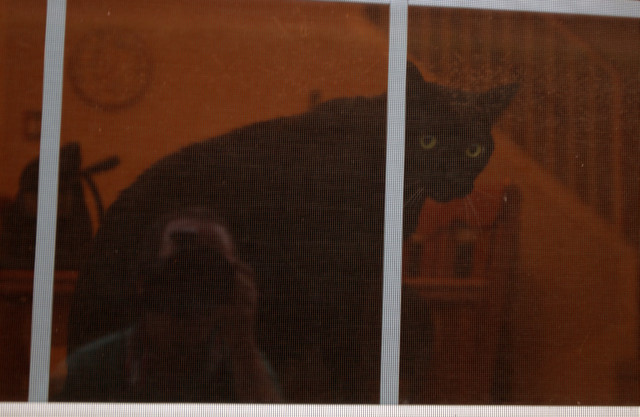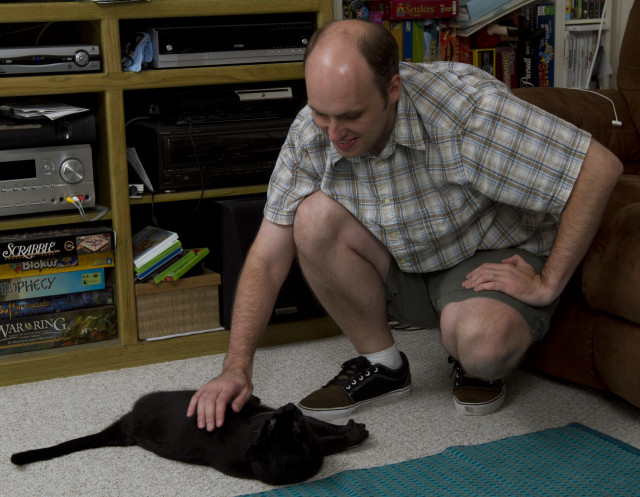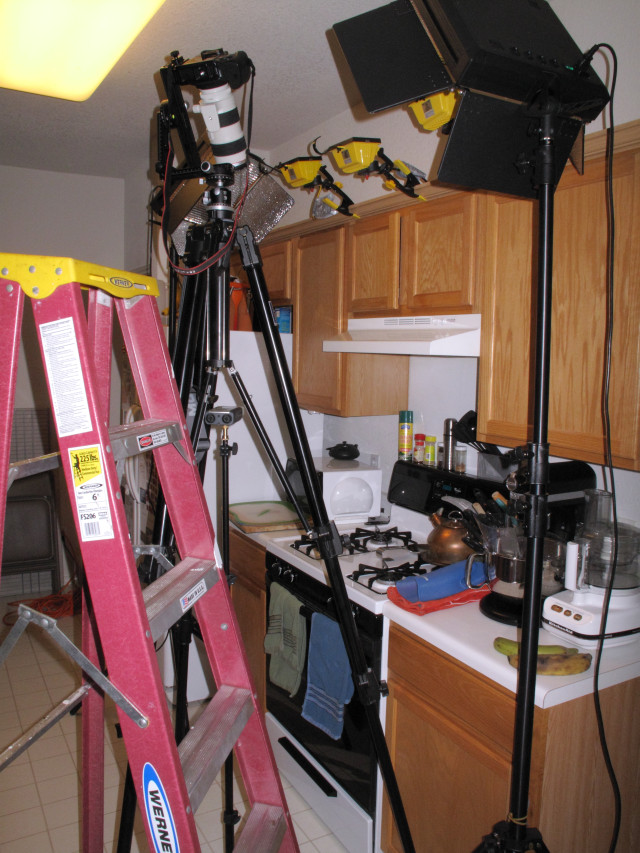A friend of mine is getting into brewing beer at home. And I wanted to see just what was involved in the process. Luckily, he was willing to invite me over to watch (and help — but mostly watch).
The first interesting thing was that he used an Igloo ice chest as a container to steep the grain in. He also used a very fine nylon mesh fabric to line the bottom. This was supposed to allow the wort to drain off easily (kinda like a reusable tea bag). Although we still had some small problems with the mass of the grain blocking the drain outlet.
Once the grains (mash-tun) steeped for 60 minutes, we drained off the liquid (wort) into a container.
We then poured the wort into a rather large aluminum stock pot and boiled the wort for 60 minutes. This is where the hops are added. And, depending on when they are added, that determines what function they serve. At the beginning of the boil, the hops are bittering hops. For the last 15 minutes, we added flavoring hops. And for the last 5 minutes, we finished off with aroma hops.
We then had to cool off the hops down from boiling to a temperature where the yeast can ferment the sugars into alcohol. This had to be done rather quickly. Which is difficult since water is a great heat-sink. So we used two sets of large copper tubing twisted into a radiator. One copper tube sits in a large ice chest filled with ice and water. The other tube sits in the stock pot. Water is then circulated from the outside garden hose to the first tube, through to the second tube, and then draining out to the yellow bucket. The bucket is just to capture some of the water runoff to be used for cleaning.
After the wort is cooled down to 70 degrees, it is then siphoned off into a large glass fermentation chamber. At the top of it will be placed an air lock which will allow the excess carbon-dioxide to vent off.
It was a pretty easy process. Perhaps someday I will get into it.
